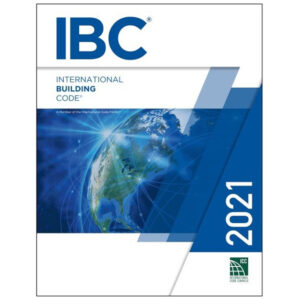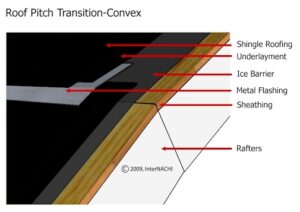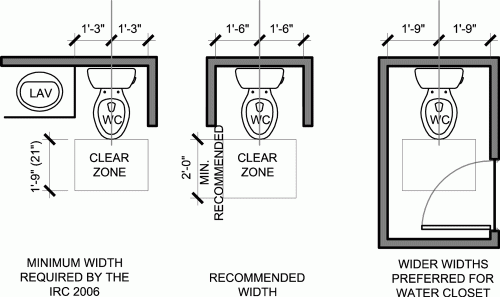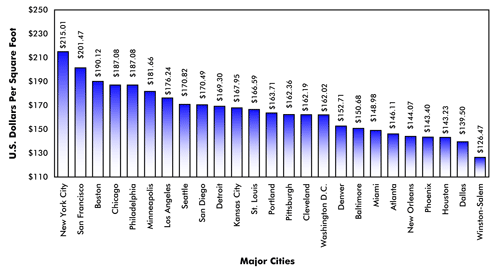Colorado’s Front Range offers beautiful views and vibrant communities—but it also comes with some unique challenges for homeowners, especially when it comes to structural integrity. Expansive soils, snow loads, shifting ground, and aging homes can all contribute to structural issues that, if left unchecked, can lead to costly repairs or unsafe conditions. The warning signs to look for are cracks, sags, and sticking doors. We’re here to help you determine when to take action.
So how do you know when it’s time to bring in a structural engineer?
At EVstudio, we regularly perform structural observations throughout the Front Range—from Denver and Boulder to Colorado Springs and beyond. If you’re noticing cracking walls, sticking doors, or a leaning chimney, here’s what you should watch for—and when to call a pro.
Foundation Issues: The Most Common Culprit
Expansive Soils and Foundation Movement
Many areas along the Front Range are built on clay-rich, expansive soils that shrink and swell with changes in moisture. This soil movement can cause significant foundation shifting over time.
Cracks in Foundation Walls
Hairline cracks are often cosmetic, but large vertical, horizontal, or stair-step cracks may indicate structural movement. Horizontal cracks, in particular, can be caused by hydrostatic pressure and should be evaluated immediately.
Uneven or Sloping Floors
A noticeable slope in your floor could be due to foundation settlement, joist sagging, or deteriorating supports.
Doors and Windows That Stick or Don’t Latch
If you suddenly can’t open or close doors and windows that used to work fine, it could be a sign the structure is shifting.
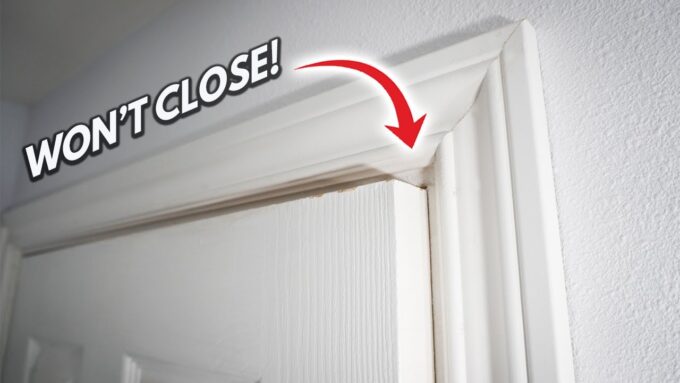
Interior Warning Signs: Walls and Ceilings
Drywall Cracks
Diagonal cracks near doors and windows are a common symptom of settlement. Separation between walls and ceilings could indicate structural deflection.
Bulging or Bowing Walls
This could result from water damage, poor construction, or overloaded framing.
Roof and Attic Red Flags
Sagging Rooflines or Rafters
Colorado’s heavy snow loads can stress roof systems over time. Sagging, dipping, or wavy rooflines may point to overloaded or undersized framing.
Cracked or Deflected Roof Framing
Visible damage in the attic (like cracked rafters or deflected trusses) is worth investigating—especially in older homes or after a major storm.
Basement and Crawl Space Concerns
Moisture, Efflorescence, or Mold
Persistent dampness, white powdery residue (efflorescence), or visible mold in basements and crawl spaces can signal poor drainage or foundation vulnerability.
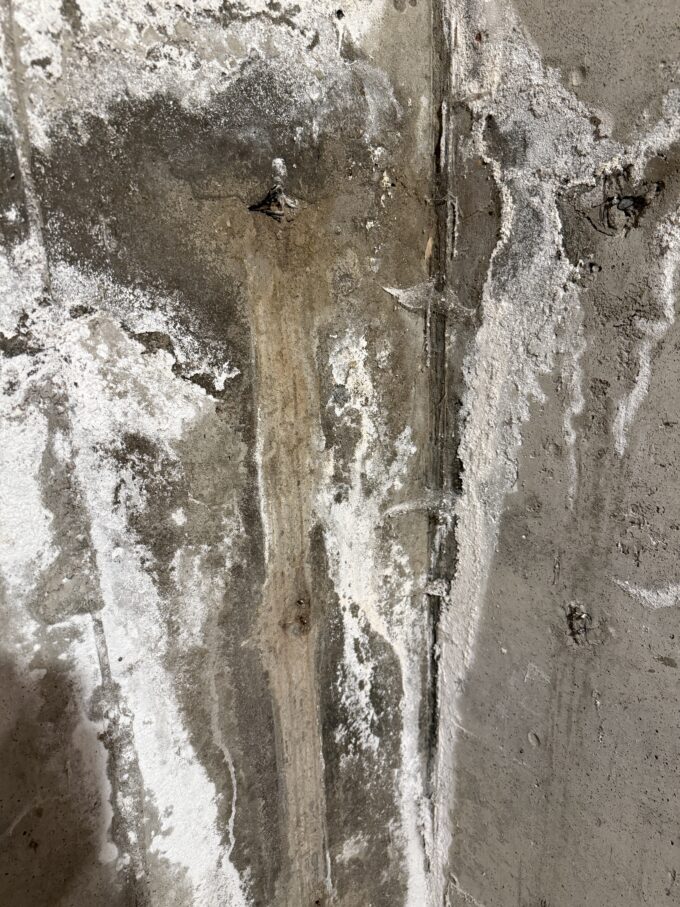
Rotting or Damaged Wood Members
Check sill plates, beams, and joists for signs of decay or pest damage. These components are critical to your home’s structural stability.
Rusty or Misaligned Steel Columns
Rust at column bases or visible tilting can indicate foundation movement or footing issues.
Exterior Red Flags
Cracked Brick, Stucco, or Siding
Diagonal or stair-step cracks often indicate structural stress. Cracks that grow over time are particularly concerning.
- Note: A simple way to monitor cracks for continued movement is to place a piece of masking tape (blue painter’s tape works great) across the direction of the crack. Over time (weeks to months, not days) if the crack is continuing to widen, the tape will rip.

Leaning Chimneys or Porches
Movement in these exterior elements can be a sign of foundation failure or undersized footings.
Gaps Around Windows and Doors
These can occur as your home shifts and settles, often pointing to larger structural movement.
Planning Renovations or Structural Changes?
If you’re planning to:
– Remove a wall
– Add a second story
– Cut an opening into a foundation or load-bearing wall
– Build an addition on a slope or in the foothills
…you need to consult a structural engineer. Colorado’s varying soil conditions and complex topography can introduce unexpected challenges—early engineering input can save you time and money.
When to Take Action and Bring in a Structural Engineer
If you’re seeing any of the signs above, it’s worth getting a professional opinion. A structural engineer’s job is to assess the stability and safety of your home’s structural systems.
At EVstudio, our licensed engineers provide detailed structural observation reports that include:
– Clear documentation of observed concerns
– Probable causes behind any issues
– Recommended repairs or next steps
We work with homeowners, real estate agents, contractors, and buyers/sellers throughout Colorado’s Front Range to ensure homes are safe, sound, and ready for whatever comes next.
Peace of Mind is Just a Call Away
Your home is one of your biggest investments—don’t leave structural concerns to chance. If you’re seeing any of the warning signs discussed here, or if you’re planning a renovation that could involve structural changes, EVstudio is here to help.
Contact us today to schedule a structural observation or learn more about our residential engineering services.


